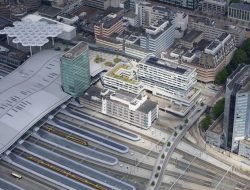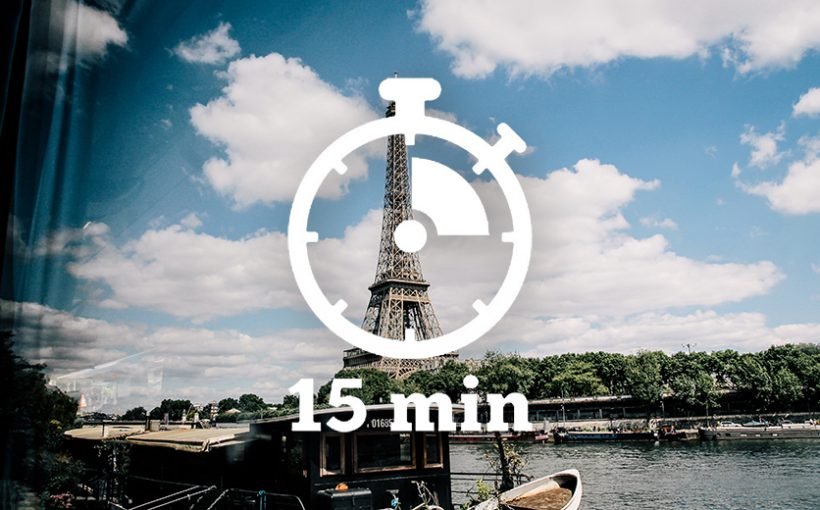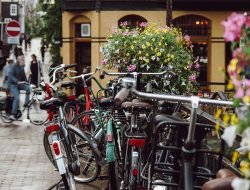The concept of the 15-minute city is gaining popularity in major cities around the world. It was Anne Hidalgo, the recently re-elected mayor of Paris, who popularised this idea, which is to ensure that every citizen can go to school, be entertained, work or eat out within a 15-minute walk or bike ride from home.
The man who theorised this concept is called Carlos Moreno. He is an urban planner and professor at the Sorbonne. Everything starts from a reflection on mobility and time spent in transport, the question of comfort, the necessary infrastructure… But also on one observation: our post-war cities were shaped by a way of life consisting of building in a specialised way. We have one place to sleep, another one to work, a third one to go shopping, play sports, entertain, etc.

Carlos Moreno © Paris Sorbonne Business School
The principle of the 15-minute city is to try to reconcile the places of life with the time of life. To do this, Carlos Moreno has developed a matrix with six social, urban and territorial functions: to live, work, stock up, learn, thrive and be able to access well-being. His conclusion: the more these elements fit within a 15-minute perimetre of active mobility (on foot or by bike), the more urban well-being is enhanced.
The concepts and ideas are many and exciting. Here are some of them:
- Ensure that the street is no longer intended solely for traffic. Instead, add services, meeting and playing spaces, vegetation.
- Give more different functions to the same places: a school can, at certain times, become a local health centre; a nightclub can host gym classes during the day.
- Work on the paradox that makes people more and more connected (by technology) but less and less connected (by their social relationships).
- Promote topophilia, the fact of being happy to live in your neighbourhood, live in harmony, be proud of it and take care of it.
- Develop urban farms, sustainable mobility, sharing places and objects, second-hand shops.
- Encourage “demobilisation”: moving away from constrained mobility towards chosen mobility (which includes the development of remote working)…
The concept is broad and will be what each city will decide to make of it. In the meantime, it is spreading. Melbourne (Australia) adopted the “city of 20 minutes” based on this same philosophy. Cities such as Mexico City, Buenos Aires, Glasgow, Milan or Bogota (in part) already have the infrastructure to move towards this type of urban dynamics.
The conclusion of urban planner Jane Jacobs: “It is the proximity that will restore the cities’ vitality“.
Tags: 15-minute city, Carlos Moreno, Paris






































[…] “The 15-minute city – DivercityDivercity |” https://www.divercitymag.be/en/the-15-minute-city/ […]
[…] https://www.divercitymag.be/en/the-15-minute-city/ […]
[…] “The 15-minute city – DivercityDivercity |” https://www.divercitymag.be/en/the-15-minute-city/ […]